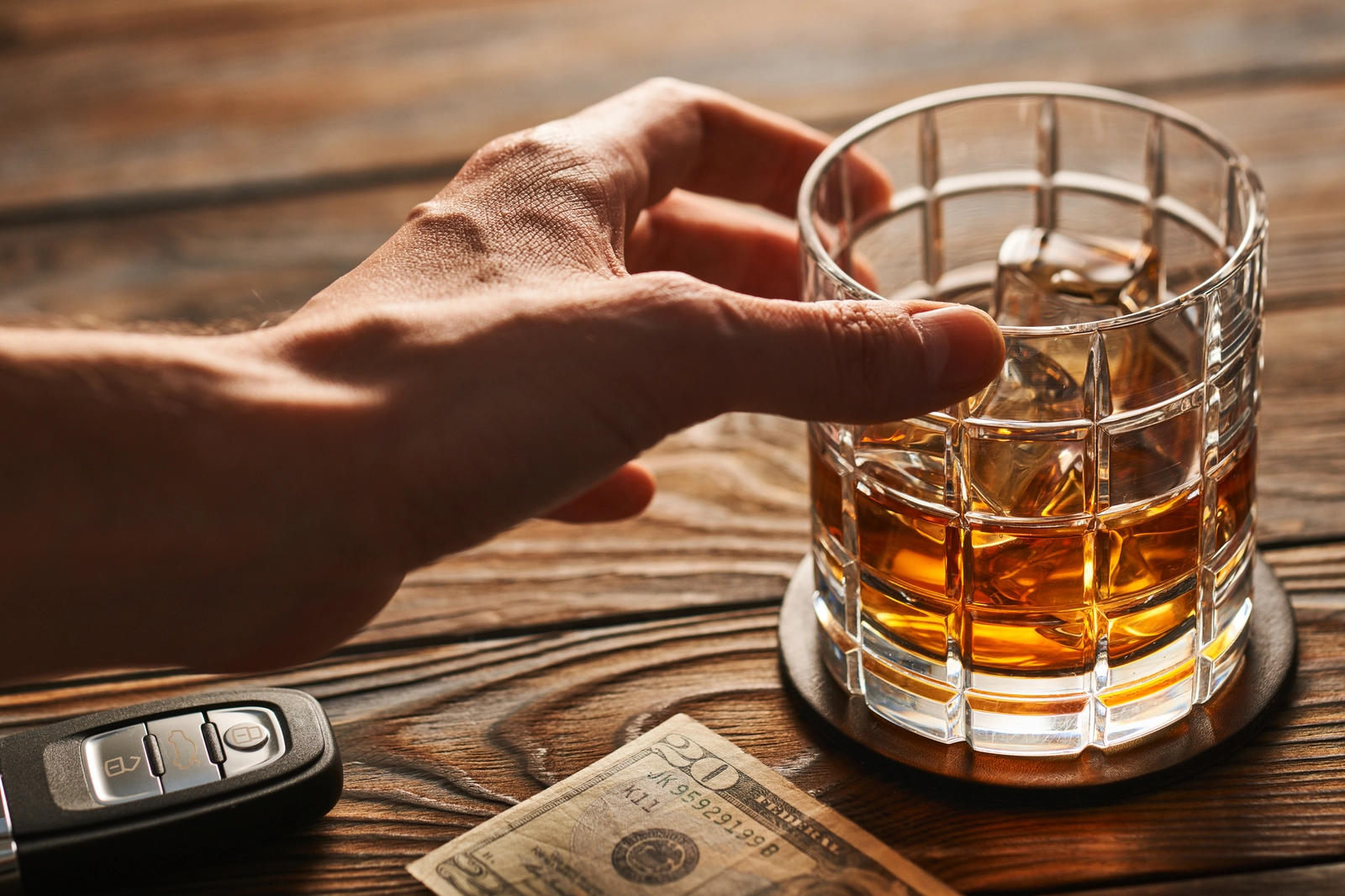How Long Does Alcohol Stay in Urine? Understanding Detection Windows
Alcohol can be detected in urine for up to 24 hours. If you drink heavily, you may test positive in a urine test for 72 hours or more, depending on individual factors like how often you use alcohol, your alcohol metabolism, and the type of drug screening used.[1]

Frequently Asked Questions About Alcohol Detection Time
Do Some Alcohols Metabolize Faster?
The rate of absorption of different alcohols varies. Based on research, spirits with 40% alcohol content absorb more slowly, while sherry, which has a 20% alcohol content, absorbs quickly.[14] Other factors, such as a soda or fruit juice mixer, are also factors. Carbonated beverages like seltzer or soda cause alcohol to absorb quickly while eating a carb-heavy meal will slow absorption.
Can Alcohol Be Flushed Out?
While drinking water helps prevent dehydration and supports kidney function, it does not speed up alcohol metabolism. It aids in the elimination of alcohol and its metabolites through urine but does not enhance the liver’s breakdown of alcohol.
Does Drinking Coffee Help You Sober Up?
Coffee can’t help you break down or eliminate alcohol faster, but it can make you more alert. Alcohol will still show up in urine or blood, however, and your BAC will continue to rise if you continue drinking at a rate that’s greater than what your body can metabolize.
Are Urine Tests for Alcohol Common?
Urine tests are not the preferred method of testing for alcohol use in most circumstances. Urine testing is usually only done when other types of alcohol tests are unavailable because it’s more difficult to determine someone’s BAC. However, these tests are inexpensive and noninvasive, so they may be used in certain circumstances.
Are Urine Tests Accurate for Alcohol Detection?
Alcohol content in the body is easily detectable using a urine test. It can detect any amount of alcohol use, not just excessive use. However, urine tests are less reliable than other methods like breath analysis or blood tests.
[1] Alcohol and alcoholism | oxford academic. (n.d.-a). Retrieved from https://academic.oup.com/alcalc on 2025, February 27.
[2] Jiang, Y., Zhang, T., Kusumanchi, P., Han, S., Yang, Z., & Liangpunsakul, S. (2020, March 4). Alcohol metabolizing enzymes, microsomal ethanol oxidizing system, cytochrome P450 2E1, catalase, and aldehyde dehydrogenase in alcohol-associated liver disease. MDPI. Retrieved from https://www.mdpi.com/2227-9059/8/3/50 on 2025, February 27.
[3] (PDF) alcohol, its absorption, distribution, metabolism, and excretion in the body and pharmacokinetic calculations. (n.d.-c). Retrieved from https://www.researchgate.net/publication/333219749_Alcohol_its_absorption_distribution_metabolism_and_excretion_in_the_body_and_pharmacokinetic_calculations on 2025, February 27.
[4] U.S. National Library of Medicine. (n.d.-a). Blood alcohol level: Medlineplus medical test. MedlinePlus. Retrieved from https://medlineplus.gov/lab-tests/blood-alcohol-level/ on 2025, February 27.
[5] Cederbaum A. I. (2012). Alcohol metabolism. Clinics in liver disease, 16(4), 667–685. https://doi.org/10.1016/j.cld.2012.08.002 on 2025, February 27.
[6] MediLexicon International. (n.d.-b). Alcohol urine test. Medical News Today. Retrieved from https://www.medicalnewstoday.com/articles/alcohol-urine-test on 2025, February 27.
[7] California, S. of. (n.d.). Intoxication. Alcoholic Beverage Control. Retrieved from https://www.abc.ca.gov/education/licensee-education/intoxication/ on 2025, February 27.
[8] Paton, A. (2005, January 8). Alcohol in the body. BMJ (Clinical research ed.). Retrieved from https://pmc.ncbi.nlm.nih.gov/articles/PMC543875/ on 2025, February 27.
[9] U.S. Department of Health and Human Services. (n.d.). Understanding the dangers of alcohol overdose. National Institute on Alcohol Abuse and Alcoholism. Retrieved from https://www.niaaa.nih.gov/publications/brochures-and-fact-sheets/understanding-dangers-of-alcohol-overdose on 2025, February 27.
[10] Fell, J. C., & Voas, R. B. (2014, June). The effectiveness of a 0.05 blood alcohol concentration (BAC) limit for driving in the United States. Addiction (Abingdon, England). Retrieved from https://pmc.ncbi.nlm.nih.gov/articles/PMC4448946/ on 2025, February 27.
[11,12,13] U.S. Department of Health and Human Services. (n.d.-a). Understanding the dangers of alcohol overdose. National Institute on Alcohol Abuse and Alcoholism. Retrieved from https://www.niaaa.nih.gov/publications/brochures-and-fact-sheets/understanding-dangers-of-alcohol-overdose on 2025, February 27.
[14] Paton, A. (2005a, January 6). Alcohol in the body. The BMJ. Retrieved from https://www.bmj.com/content/330/7482/85 on 2025, February 27.